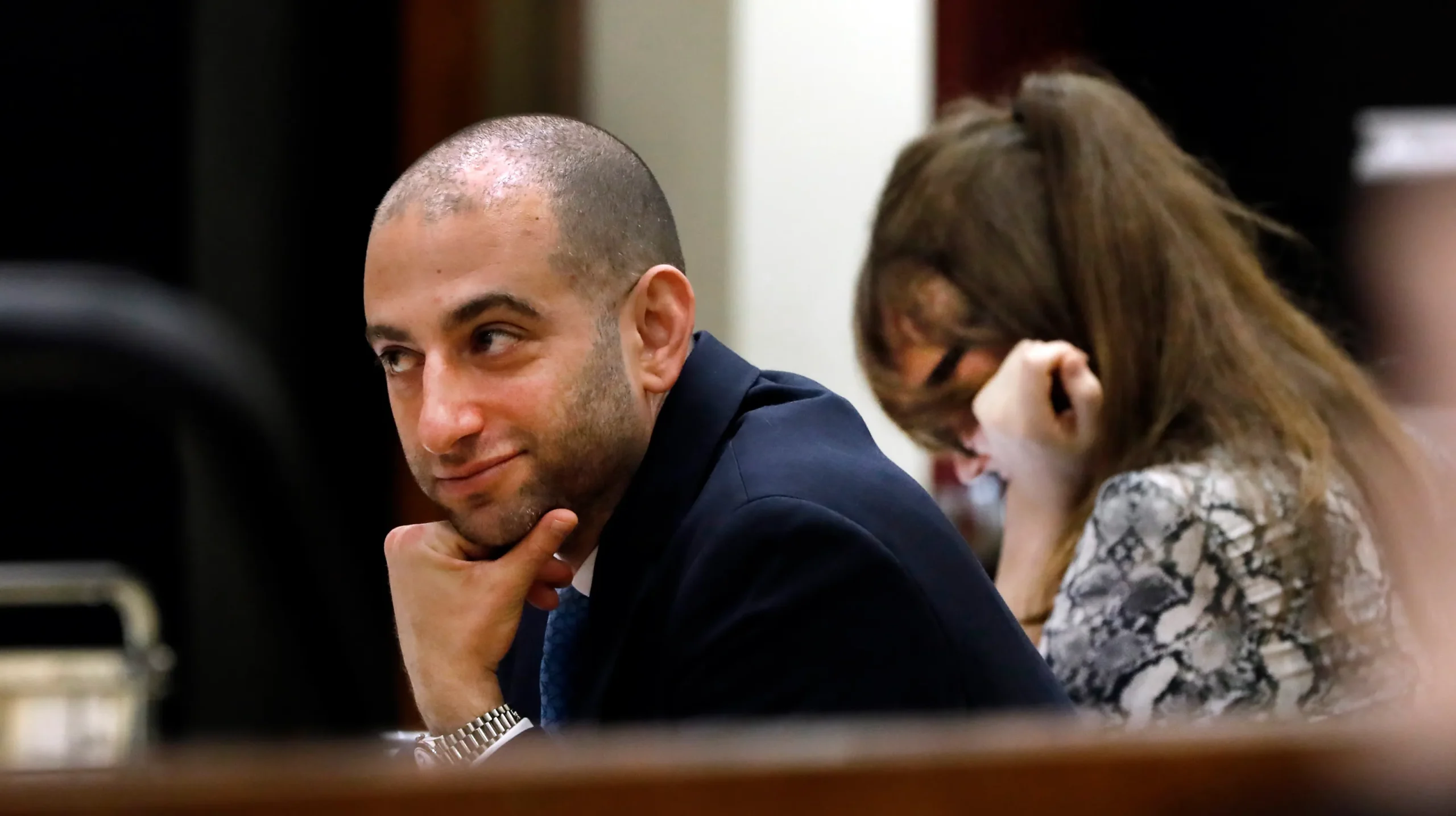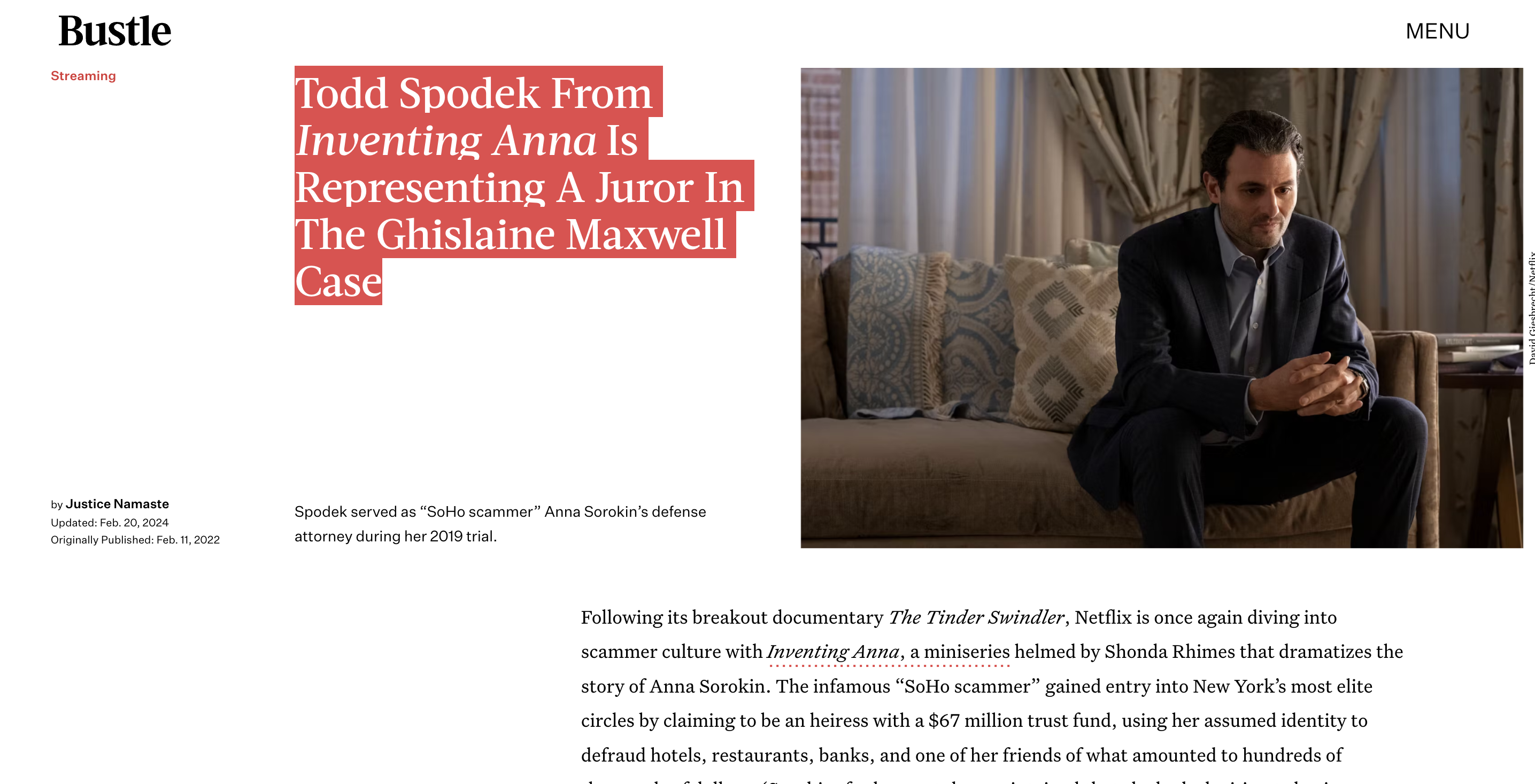Blog
How FRE 1006 Allows Summaries as Evidence in Counterfeiting Trials
How FRE 1006 Allows Summaries as Evidence in Counterfeiting Trials
The Federal Rules of Evidence contain lots of complicated legal stuff that can make a jury’s head spin. One rule that helps make things more understandable is FRE 1006. This rule lets lawyers use summaries, charts, and calculations to prove the content of voluminous writings, recordings, or photographs. This can be super helpful in counterfeiting cases where there are tons of documents, recordings, and pictures that need to be presented as evidence.
Let’s break down how FRE 1006 works and why it’s useful in counterfeiting trials.
What FRE 1006 Actually Says

Here’s the text of FRE 1006:
The proponent may use a summary, chart, or calculation to prove the content of voluminous writings, recordings, or photographs that cannot be conveniently examined in court. The proponent must make the originals or duplicates available for examination or copying, or both, by other parties at a reasonable time and place. And the court may order the proponent to produce them in court.
Basically, this rule does two big things:
- It allows summaries, charts, and calculations to be used as evidence instead of lengthy original documents.
- It requires the originals to be made available to the other side for examination.
The idea is that for really long or complex evidence, a summary can help the jury understand it more easily. But the other side still gets access to the originals in case they think the summary is misleading or inaccurate.
When Summaries Can Be Used
FRE 1006 has a few requirements that must be met before summaries can be used:
- The underlying evidence must be voluminous – there must be so much that it can’t be conveniently examined in court.
- The originals must be made available to the other parties for examination.
- The summary must accurately reflect the relevant contents of the underlying evidence.
- The underlying evidence must itself be admissible in court.
The trial judge decides whether evidence meets these requirements and can be fairly summarized. Basically, the judge needs to be convinced that the summary will help the jury understand the evidence without misrepresenting it.
Why Summaries Are Useful in Counterfeiting Cases
Counterfeiting cases often involve lots of physical and documentary evidence. Things like:
- Fake currency, labels, packaging, etc.
- Receipts, shipping records, invoices that trace the counterfeit goods.
- Emails, texts, call logs between defendants discussing the counterfeiting scheme.
- Bank and accounting records showing profits from counterfeit sales.
Trying to present all this evidence in its original form would take forever and overwhelm the jury. But FRE 1006 allows the prosecution to summarize the key points into charts, timelines, accounting summaries, etc. This makes the evidence way easier to digest.
For example, the prosecution could summarize hundreds of invoices into a single table showing the dates, quantities, and dollar amounts of counterfeit goods sold [1]. Or it could create a timeline from call and text logs showing how defendants coordinated production and distribution of counterfeits [2].
Defending Against Summaries
While FRE 1006 can help streamline the presentation of evidence, defendants also have some protections:
- They can examine the original evidence to make sure the summary is accurate and doesn’t misrepresent anything.
- They can argue to the judge that the evidence isn’t truly voluminous and doesn’t need summarizing.
- They can point out any inaccuracies in the summary during cross-examination.
- They can create their own summaries to tell an alternate story of the evidence.
Defense strategies often rely on poking holes in the prosecution’s narrative. Summaries create a fixed story that can be more easily attacked. So while summaries help simplify the evidence, they also provide opportunities for the defense [3].
Judges Carefully Assess Summaries
Judges don’t simply accept any summary the prosecution presents. They act as gatekeepers to ensure summaries meet the requirements of FRE 1006 and are fair and accurate. Judges may:
- Require the original evidence to be produced in court for examination.
- Reject summaries that misrepresent the original evidence.
- Limit summaries only to certain evidence or issues.
- Instruct juries that summaries are not themselves evidence, just aids in understanding evidence.
Judges have lots of discretion to prevent summaries from being misleading. This balances the efficiency of summaries with protecting the rights of defendants [4].
Best Practices for Summaries
Lawyers using FRE 1006 should follow some best practices [5]:
- Work with the judge early on to determine what evidence can be summarized.
- Allow sufficient time for the other side to examine original evidence.
- Make sure summaries accurately and objectively reflect the original evidence.
- Consider letting the other side review summaries to address any concerns before trial.
- Be prepared to provide witnesses who can testify about the preparation and accuracy of summaries.
Following these practices helps avoid disputes over summaries and ensures they are genuinely helpful to the jury.
The Bottom Line on FRE 1006
Summaries can be extremely useful in complex counterfeiting trials with voluminous evidence. FRE 1006 allows efficient presentation of evidence while still protecting defendant rights. Lawyers should take care to use summaries appropriately and judges act as gatekeepers to prevent misuse. When applied correctly, FRE 1006 strikes a fair balance between simplifying evidence and ensuring an accurate trial.
References
[1] United States v. Bray, 139 F.3d 1104 (6th Cir. 1998)
[2] United States v. Boesen, 541 F.3d 838 (8th Cir. 2008)
[3] Holland v. State, 366 Ark. 318 (2006)
[4] State v. Friedli, 247 P.3d 391 (Wash. Ct. App. 2011)
[5] Federal Civil Trials and Evidence (Rutter Group 2020)









